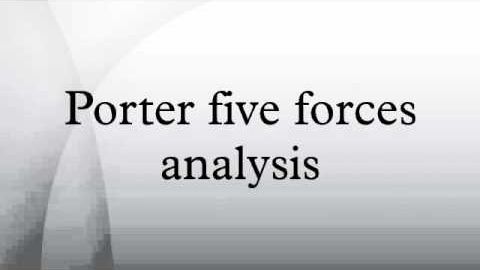
Subtitles & vocabulary
Porter five forces analysis
00
Yu Chan posted on 2015/09/02Save
Video vocabulary
business
US /ˈbɪznɪs/
・
UK /ˈbɪznəs/
- Noun (Countable/Uncountable)
- A company formed for making profit
- Matter that has to be dealt with; task; situation
- Adverb
- Engaged in work or commercial activity.
- Seriously; with determination.
A1TOEIC
More help
US /hɛlp/
・
UK /help/
- Verb (Transitive/Intransitive)
- To act to enable a person to do something; assist
- To make something better or less difficult
- Uncountable Noun
- Something given to enable a person to do something
- Assistance given to someone in need
A1
More phone
US /foʊn/
・
UK /fəʊn/
- Verb (Transitive/Intransitive)
- To talk to someone using a telephone
- Noun
- Machine used to talk to someone who is far away
A2TOEIC
More competition
US /ˌkɑmpɪˈtɪʃən/
・
UK /ˌkɒmpəˈtɪʃn/
- Noun (Countable/Uncountable)
- Fighting against others to win something
- A situation in which people or organizations compete with each other for something that not everyone can have.
A2
More Use Energy
Unlock All Vocabulary
Unlock pronunciation, explanations, and filters
